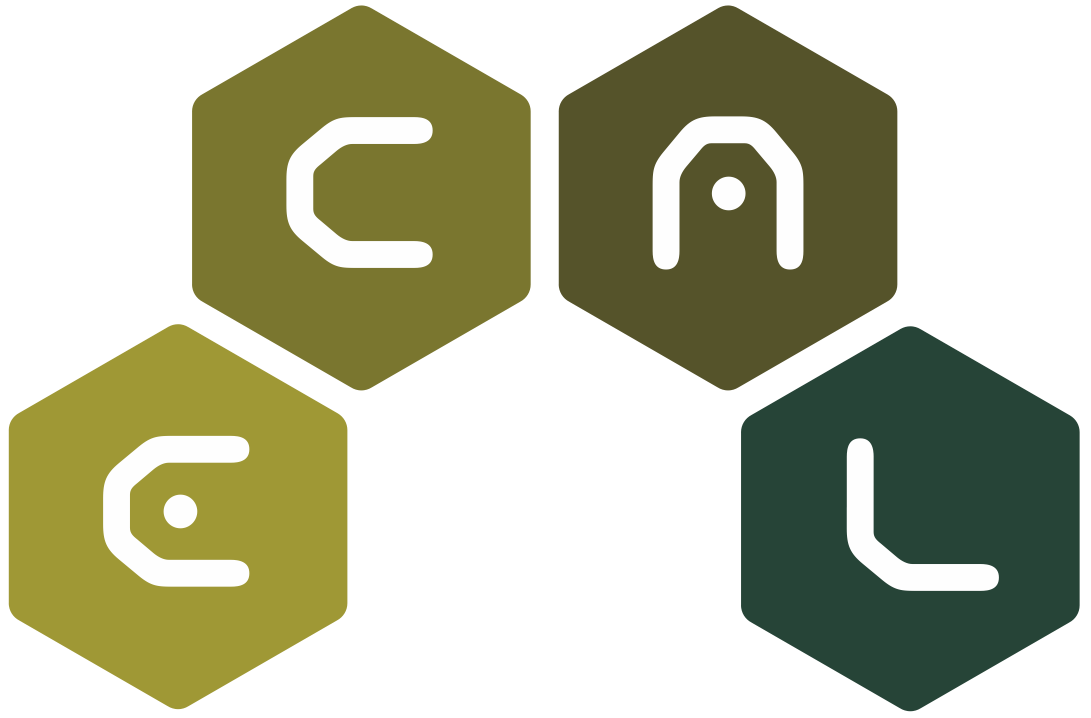Title
From tadpole to frog: artificial metamorphosis as a method of evolving self-reconfiguring robots

From tadpole to frog: artificial metamorphosis as a method of evolving self-reconfiguring robots
Download via this paper's page on the MIT Press ECAL 2015 Proceedings website.
We show how the concept of metamorphosis, together with a biologically inspired model of multicellular development can be used to evolve soft-bodied robots that are highly adapted to two radically different environments (e.g., aquatic and terrestrial). Each evolved solution defines two pairs of morphologies and controllers, together with a process of transforming one pair into the other. Animats develop from a single cell and through divisions and deaths reach their initial “larval” form adapted to the first environment. To obtain “adult” form adapted to the second environment, the larva undergoes metamorphosis during which new cells are added or removed and its controller is modified. Importantly, our approach assumes nothing about what morphologies or methods of locomotion are preferred. Instead, it successfully searches the vast space of possible designs and comes up with complex, life-like solutions de novo. In this paper, we describe the approach we employ and present examples of metamorphic soft-robots. We compare two different approaches to evolving aquatic and terrestrial animats, investigate evolved motion strategies, the process of metamorphosis and its evolution.